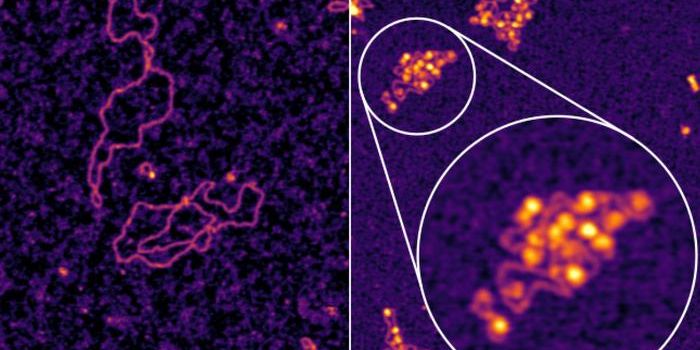A New Type of System for Delivering Cargo Into Cells
Scientists have created a new method for sending reagents and other materials into cells and embryos, in a major advance for research in this field. In this work, which was reported in Development, the investigators described VitelloTag, which can deliver reagents to cells in a totally new way.
When needles are used to inject embryos or developing cells, those needles have to be really small, and they are usually made by heating and stretching tiny glass capillaries apart. As a capillary is heated, stretched, pulled, and broken, two long, thin needles are formed. These delicate, fragile microneedles then have to be used in a technique called microinjection. But the eggs of some animals have tough membranes surrounding them, which can be very difficult for the microneedles to penetrate, without breaking themselves.
"You have to create gourmet, super-sharp needles for microinjecting in some organisms, and they still break," noted senior study author Zak Swartz, an assistant scientist at Marine Biological Laboratory (MBL).
There are other challenges as well. For example, some eggs develop quite rapidly, so the injection window is very short. Microinjections often have low success rates. In this work, the researchers were inspired by an energy-supplying protein called vitellogenin, which is found in the yolks of most animal eggs.
Swartz noted that this protein is generated outside of the ovary, and can move through circulation to reach the ovary, where eggs import it. The investigators took advantage of that process. They took a tiny portion of the very large vitellogenin protein that binds to egg cell surface receptors. This portion is only about ten amino acids long, so other cargo can be added to it, such as CRISPR-Cas9 gene editing reagents.
"So, you can have your eggs sitting in a little petri dish, pipette in this VitelloTag attached to Cas9, and the eggs will just soak it up en masse, rather than having to microinject them one by one," Swartz explained.
VitelloTag was successfully used in two species that are used in developmental biology: the sea star and acorn worm. Other research investigators will likely apply this method to other species too.
Since vitellogenin is highly conserved, or kept generally intact in terms of sequence, among animals, the tool may not even have to be adapted for use with other animal models. "But the nice thing is, we've developed a pipeline where we can make customized versions of VitelloTag that may work in a species if our first iteration doesn't," said Swartz.
CRISPR-Cas9 is typically delivered to cells with microinjections. A highly skilled investigator can achieve success rates with the gene editing system that are as high as 90 percent with some species' embryos. With VitelloTag, the team was only about to reach 30 percent penetrance. However, VitelloTag can be quickly added to a dish of many more cells.
If VitelloTag is used on a dish of 500 eggs, for example, 30 percent penetrance is still "good," said Swartz. "And for an animal like the acorn worm, where injection is just so hard, VitelloTag has a lot to offer. You are going to get way better numbers than you ever could before."
Sources: Marine Biological Laboratory, Development









